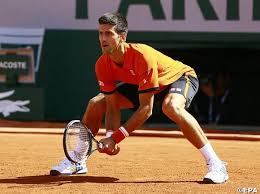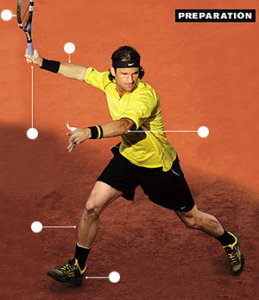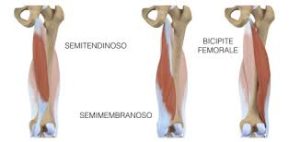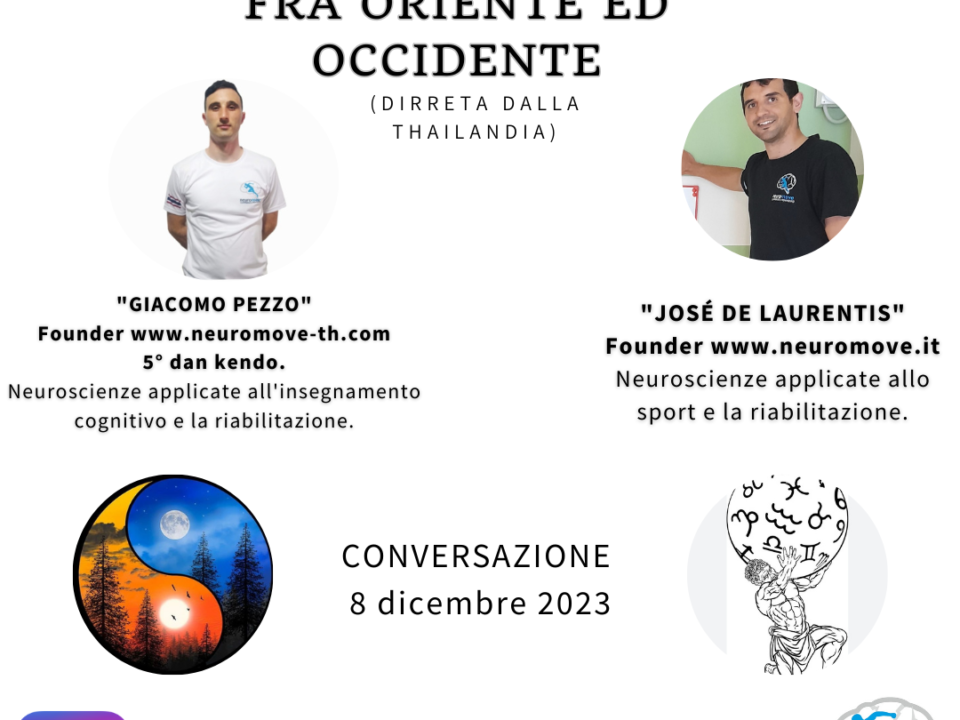- Motion Realizing
- info@neuromove.it
HAMSTRINGS ANALYSIS IN TENNIS

Keyword: waiting position – hamstrings – muscle chains - compensation - core – engram motor.
Among the engrams most used engines and compelling in tennis surely we find the active waiting position, whose main objective is to allow the tennis player of being ready in biomechanically correct way to gain time in preparation of the blow and to be active in multidirectional level on the field.
If measured in terms of time the waiting position, but also the one that is used to hit the ball with the different tennis strokes, over an average of 2 hours of play, you note that is held for about 50 minutes, ie almost 40% of the total time. This position, in which the hips and knees are flexed, the tennis player is working the hamstrings in shortening (concentric contraction), which is why, in the long run, you will see a functional imbalance of very important core muscles.
The muscle groups are reporting tools are chains of communication that put the body in motion. Yet, if they are used incorrectly, as an excessive overload of the same, they may inhibit their full potential, turning on incorrectly antagonist complex, with neuro-psycho-mechanical alteration of other muscle and joint chains sets.

Waiting position (stance): the hamstrings work in shortening for semiflessione hip and knees.
This semiflessione hip and knees in an important active and relatively continuous quadriceps. For much the hamstrings will have a very important work in stabilizing the knee, since it is less stable in flexion and extension.
The reduction of the intervention of the quadriceps in the stability of the knee, if it compensates with the activation of the hamstrings, so tennis players, as well as the players, develop hamstrings strong, but at the same time with short and can of injury.

Preparation of the fail (dynamic phase): the hamstring muscles participating in the movement, with the task to reassure the knee when moving in semiflessione.
Anatomy

Semitendinosus
- O: ischial tuberosity.
- I: the upper part of the medial surface of the tibia (tendon "goosefoot", together with the sartorius and gracilis muscle).
- Action: flexes and intraruota the leg (knee flexed); It extends and puts forward the thigh.
Semimembranosus
- O: ischial tuberosity.
- I: medial condyle of the tibia and medial condyle of the femur.
- Action: flexes and intraruota the leg (knee flexed), extends the thigh.
Biceps femoris
- O: (long head) ischial tuberosity; (Short head) middle third of the lateral lip of the linea aspera of the femur.
- I: lateral condyle of the tibia.
- Action: flexes and extraruota the leg (knee flexed), extends the thigh.
EFFECTS OF AN INCORRECT USAGE OF HAMSTRINGS ON THE BODY
(Consequences of compensation)
Knee:
Hamstring pull on the fibular head
⇩
Instability of the peroneal- tibial ligament
⇩
The body adopts a position facilitating the non-pain external rotation of the tibia under the femur
⇩
Tendonitis in the outer face of the fibula with the risk of blocking, the external meniscus lesion, difficulty in extension and flexion of the knee due to the rear part of the fibula, pain in the knee rotation
Hips (bone):
Stand ischial tuberosity, alteration of the pelvis, posterior joint rotation coxofemoral
⇩
Stretching, contracture and adductor tendinitis, retraction of the rectus abdominis
Hips (general):
the tendency to shorten the hamstrings, and to lengthen the adductors gives as a result the compression of the acetabular cavity above the head of the femur
⇩
joint overuse
Hamstrings:
the muscle is used to working in shortening and loses its function to work in lengthening (eccentric phase)
⇩
contractures, tears and tendon pain
Lumbar:
the posterior chain of the lower limbs tend to bring back the iliac wings, thus straightening the lumbar spine. The body will compensate for the disappearance of lordosis through the activation of other muscles (especially the iliac psoas and quadratus lumborum)
⇩
In the long term: intervertebral disc compression and lumbar strain
⇩
The so fatigued column will lead to a spinal block and discs injuries
Possible consequences:
Hamstrings retraction → Adductors stretch (tendonitis)
⇩
Lenghtening of the sacroiliac ligament (sciatica)
⇩
lumbar lordosis (sciatica)
⇩
Tension of the quadratus lumborum and the psoas
⇩
groin injury
Conclusion
Nowadays the physical preparation is synonymous with neuromuscular compensation risk that sport brings through its movements and dynamic. This means search for the functional balance of the muscle chains, the amplitude of movement for a better expression of the same, and motor control. A neuromuscular system that works well maximizes its potential and reduces the risk of injury.
Once you have this balance is progressively seeking maximum performance of all organic and muscular capacity and neuro-motor.
Nello specifico degli ischiocrurali, sono oggetto delle più recenti ricerche scientifiche in campo sportivo, data la loro estrema importanza in tutti i movimenti. E’ scientificamente provato che un allenamento mirato al complesso degli ischiocrurali riduce il rischio di infortuni alla muscolatura degli arti inferiori e ottimizza le performance; ma è bene mettere in evidenza un altro aspetto, ovvero riordinare il disequilibrio muscolare e funzionale dato dalle posture sbagliate che siamo costretti a tenere durante la quotidianità, ad esempio quella seduta, dove gli ishiocrurali sono inibiti e, di nuovo, accorciati.
This also makes us think about how much time we devote to training of this muscle complex during the individual sessions; we think of a three weekly sessions of training program for an hour, it is 20 minutes devoted to exercises for the hamstrings, totaling 60 minutes of weekly specific training. We think now about how much time we spend sitting or other bad posture during the day and throughout the week; can one total weekly hours obviate hours of muscle imbalance and postural?
The methodology Neuromove is working to find the best answer to this question. Meanwhile ... good workout!
Bibliography:
Muscle chains "the groin" .Léopold Busquet
Amplitude of movement. "Mario Di Santo"
muscle and joint Chains Concepto G.D.P "Philippe Campignion"
www.lascienzainpalestra.it/hamstring-osa-sapere-riguardo
Authors:
Jose De Laurentis – Giacomo Pezzo





